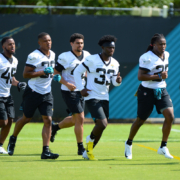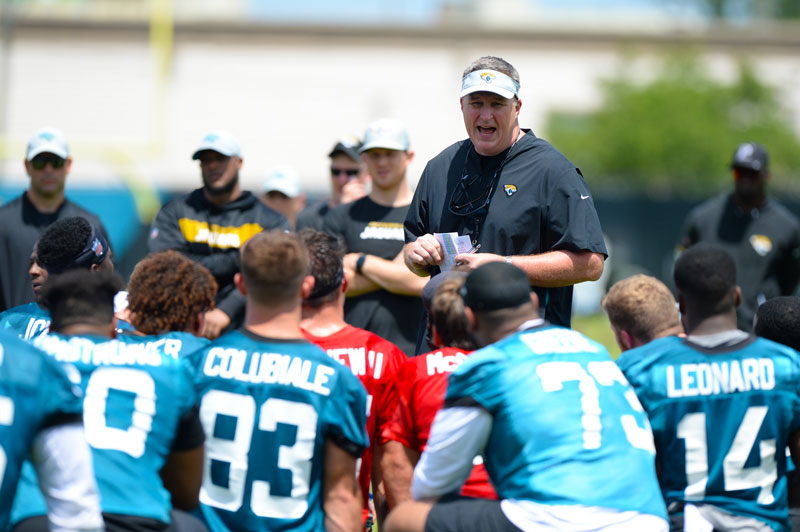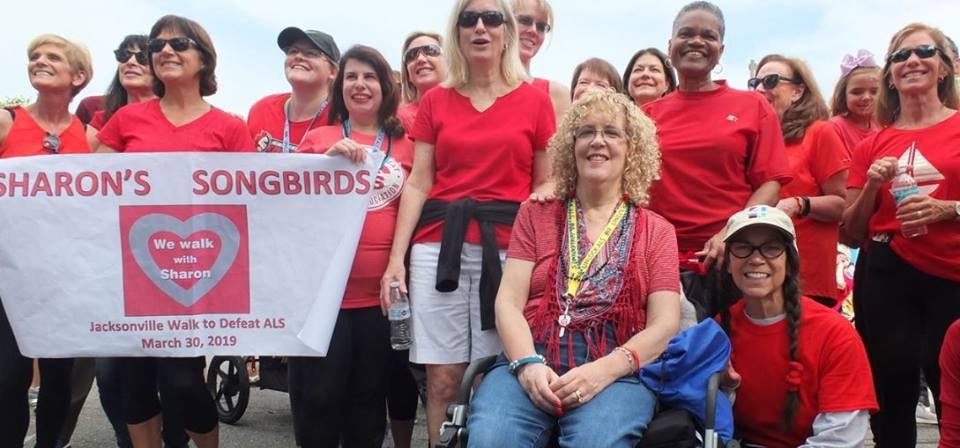Holzhauer Streak on Jeopardy! Impressive!
Lots of smart people come through the Jeopardy! pipeline but haven’t come close to what James Holzhauer is doing. Holzhauer is plenty smart and being a professional sports gambler, he knows how to play the odds but has the confidence and competitiveness of a top-level athlete.
It’s a rare combination.
It is impressive during Holzhauer’s streak, the amount of money he’s amassed, his breadth of knowledge, and as he says, the technique of hitting the buzzer at the right time so he could be the one answering the question. That might be the key.
Important? Absolutely.
On Tuesday of this week, the three contestants ran through Jeopardy and Double Jeopardy without missing one answer! They only didn’t buzz in on two questions but the rest they answered correctly. No wrong answers? I’m sure the statistics are pretty high for that happening so you’d figure the game would be close. Except Holzhauer won by over $60,000!
By somehow practicing how to hit the buzzer at precisely the right time, Holzhauer gets control of the board. He has the confidence that he’ll know the answer, the competitiveness to understand the stakes and amasses enough money to dominate early.
“You can see as soon as I get control of the board in the first game, I’m going for the $1,000 clues whenever I have the opportunity,” he told the New York Times, similar to a poker strategy.
“There are big advantages to having a lot of chips early on in a poker tournament. You can make plays that other people can’t.”
While Holzhauer is a game changer when it comes to playing the game, he’s also reshaping the image of a professional sports gambler. The stereotype of a dimly lit room with the racing forum and nicotine stained fingers has given way to a new type of pro gambler: college educated, statistically adept and fearless.
“This is an area that is shrouded in mystery,” Chris Grove, the managing director of the gambling research firm Eilers and Krejcik Gaming told the Washington Post. “I think Holzhauer demystifies it to a degree. This is a living, breathing relatively normal seeming individual.”
You might remember during my television career I did a popular segment called “Stump Sam.” For twenty or so years I answered questions, mostly submitted by viewers, live on the air asked by Tom Wills and Mary Baer. All told, I was asked over 2,000 questions before current management killed the segment, and as a credit to Tom and Mary, I was never asked the same question twice.
Answering trivia questions live on television is different than sitting around a coffee table having cocktails with friends playing Trivial Pursuit. Anybody who’s been in a trivia contest knows that one of the hardest things about answering the questions quickly is getting the answer that you know is wrong out of your mind.
In “Stump Sam” I had about 30 seconds to come up with an answer (usually with a producer yelling in my ear ‘wrap, wrap.” So my experience, while similar, is different than the contestants on Jeopardy!
I remember the first question I was asked:
“What team played the Montreal Expos in the first regular season MLB game played outside the United States.”
Finding the answer kicks in your deductive reasoning quickly: A National League team, in the Eastern division where the Expos played in 1969, probably a major market team, the Mets, or a traditional NL team like the Cardinals.
When I got it down to those two quickly, Tom said, “Aaaand?” So I knew it was one of those two. I guessed New York but the answer was St. Louis (they opened the season in NY but played their first home game in Montreal against the Cardinals.)
Only once did my mind go blank on an answer I clearly should have gotten. Late in the 1995 baseball season a pitcher threw a no-hitter and before his next start Tom asked me an easy question:
“Who’s the only pitcher in Major League history to throw back-to-back no-hitters?”
I’ve known the answer to that since I was about six but it just wouldn’t come up in my brain that day.
“Johnny Vandermeer,” Tom eventually said seeing me struggle and graciously added “Football overload,” as we had spent the summer in Stevens Point, Wisconsin with the Jaguars and were preparing for the their first game ever. Baseball was way off in the recesses of everybody’s mind, including mine.
Holzhauer knows the subjects, he knows how to buzz in, but he also knows how to play the game. Kind of like being a polo player. People in that community will tell you being a good horseman is important, but being a good game player is paramount. He’s a great games player and the way he runs through the board, from the bottom up might not be novel but it shows a confidence he has in the competition that reminds you of a 3rd-and-2 80-yard touchdown pass.
Being a professional gambler, going “all in” is usually a strategic move, and Holzhauer uses it with a competitive confidence that puts plenty of distance between him and the other two competitors.
Five-time “Jeopardy!” winner Eddie Timanus, who compiles the college coaches’ polls for USA TODAY says Holzhauer’s buzzer skills and aggressive money play sets him apart.
“Thanks to his ability to ring in first consistently and rarely miss, he usually has a considerable total built up by the time he uncovers a Daily Double,” Timanus said in USA TODAY. “He finds most of them since he’s able to maintain control of the board for long stretches, and, as we’ve seen, he’s not afraid to bet big.”
Jeopardy isn’t the first game show Holzhauer has competed on. He was on a show called “500 Questions” and although he didn’t advance he impressed the executive producer Phil Parsons.
“When we auditioned people, we did a ‘general knowledge’ test, and James, by far, scored the highest in that test,” Parsons told the New York Post.
“He was quite the tactician, and even in that way he was interesting to watch,” says Parsons. “A lot of people are talking about his top picks and concentrating on that, but the thing is you can’t get that far if you haven’t got the knowledge to back it up — and his range was astonishing.”
Record setting Jeopardy champion Ken Jennings was also on “500 Questions” but Parsons says, “James’ test score to get on the show was way better than Ken’s.”
“Jeopardy!” and host Alex Trebek are celebrating their 35th anniversary season. With a weekly audience of 23 million viewers, it’s the top-rated quiz show on television.
The original host, Art Fleming hosted the first version of the show from 1964-75 and again in ’78 and ’79. It was before electronics so somebody pulled a card with the money amount on it to reveal the answer: Seems quaint now. When asked to return as the host of the syndicated version in 1984, Fleming declined, saying the show had become “too easy.”
I don’t think there is anything easy about what James Holzhauer is doing.


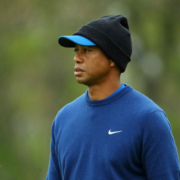
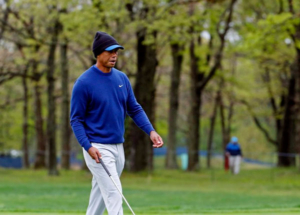 Even after missing the cut at this week’s PGA Championship at Bethpage, Tiger stopped off to talk with the media about his play over the first few days. “I just didn’t play well,” he explained with a smile. Even talking to the media after missing a cut was a rarity in the past. And he admitted players like Brooks Koepka, and Koepka in particular have an advantage over him these days.
Even after missing the cut at this week’s PGA Championship at Bethpage, Tiger stopped off to talk with the media about his play over the first few days. “I just didn’t play well,” he explained with a smile. Even talking to the media after missing a cut was a rarity in the past. And he admitted players like Brooks Koepka, and Koepka in particular have an advantage over him these days.